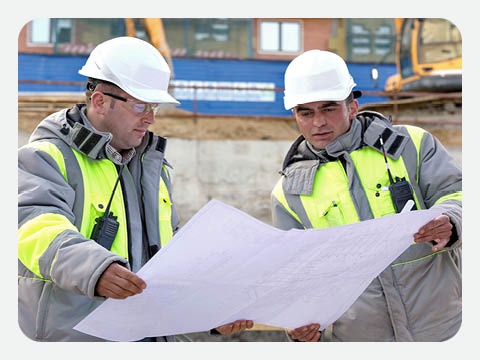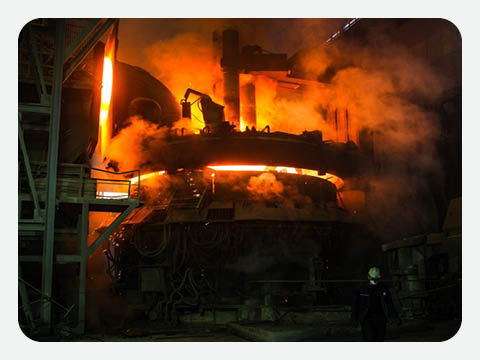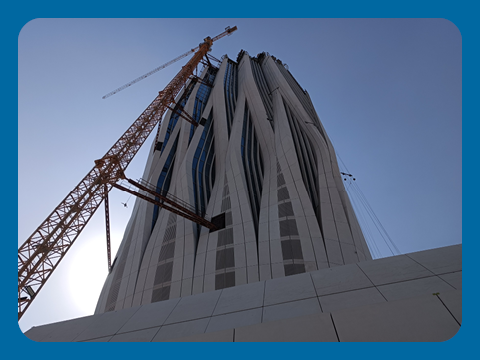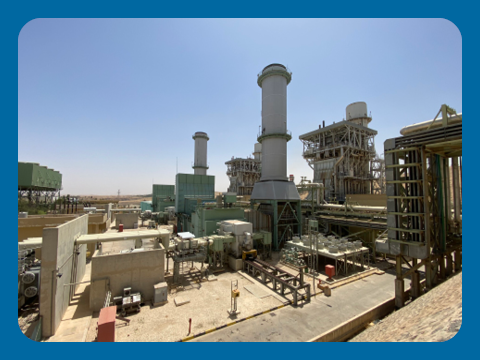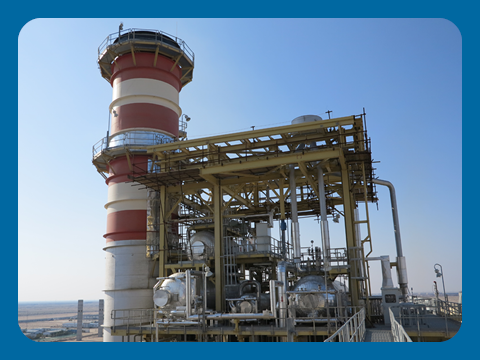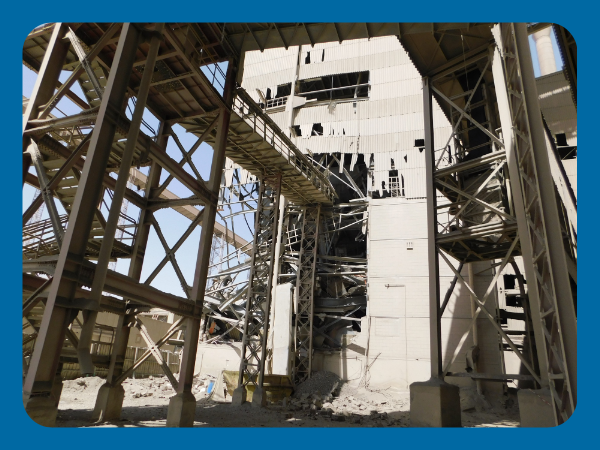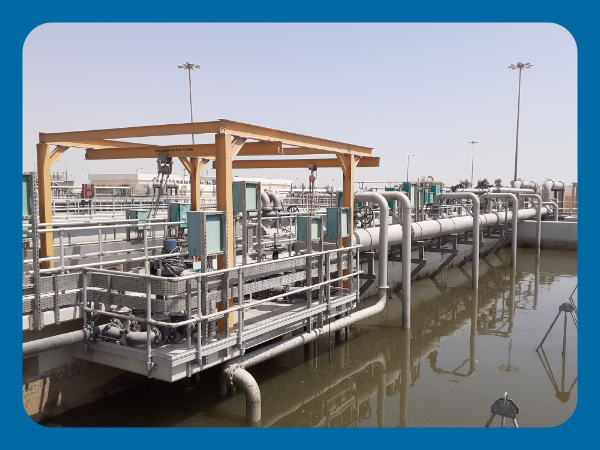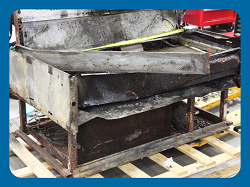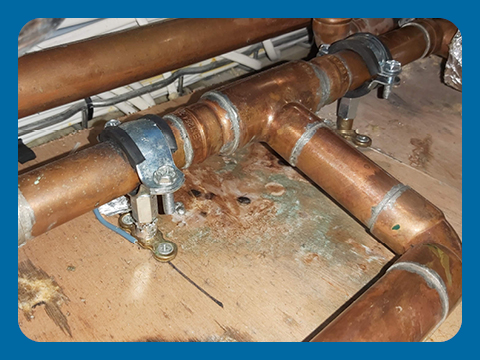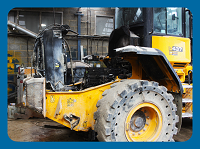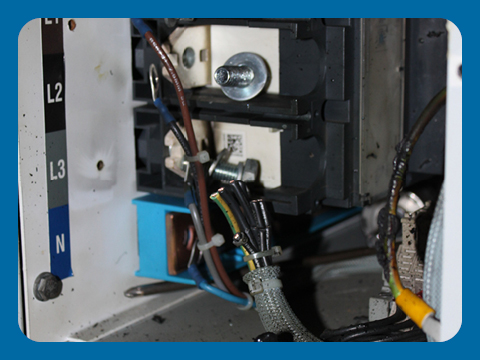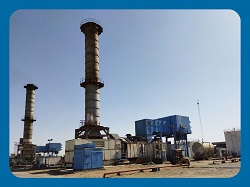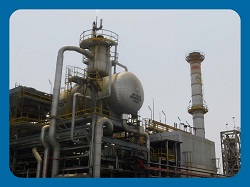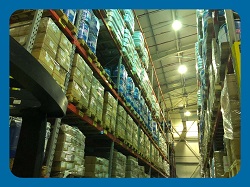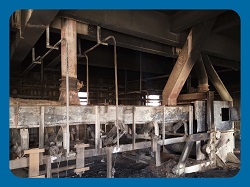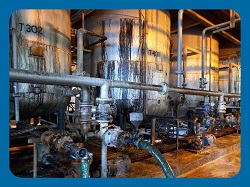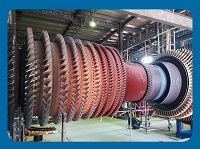4 Critical Challenges to Managing Hazards
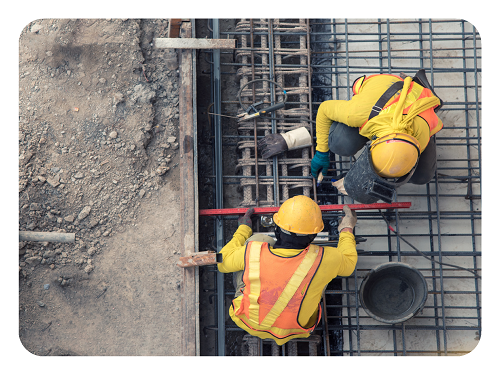 Since 2003, the International Labour Organisation (ILO) has observed World Day for Safety and Health at Work. In this time, regulations for safe working environments in different industries have been updated and ‘best practices’ have evolved in order to prevent accidents, injuries and diseases in a working environment.
Since 2003, the International Labour Organisation (ILO) has observed World Day for Safety and Health at Work. In this time, regulations for safe working environments in different industries have been updated and ‘best practices’ have evolved in order to prevent accidents, injuries and diseases in a working environment.
This has certainly been true for the construction sector, widely considered to be one of the most dangerous jobs around the world. The UK’s HSE reports found that in from between 2018-2021, there were an average of 61,000 non-fatal injuries that occurred annually. One only needs to look at reports of poor working environments on certain large mega-projects in recent years that resulted in thousands of fatalities to understand the dangers of unmanaged construction sites.
Managing health and safety on a construction site is challenging, due to the many factors that must be considered. Despite the urgent need for good HSE management, progress is slow due to the many challenges that must be overcome in order to mitigate the risks to workers on a construction site and provide a safe working environment for everyone.#
The Challenges of Various Hazards
The top 5 reported causes of injuries on construction sites in the UK in 2020/2021 were falls from height, being trapped by something, collapsing/overturning, being struck by moving (including flying/falling) object, vehicle collisions, and contact with moving machinery.
Construction works involves many activities with the potential for serious injury, including working at heights, working in enclosed spaces, and electrical works. Heavy construction plants are used on sites for lifting and transporting workers and equipment, which can result in vehicle collisions, tipping, and other incidents. Additionally, there are often hazardous, flammable materials used on construction sites, including oils and gasses used for welding, power generators and vehicles. Depending on the work carried out, there is also the risk of exposure to asbestos and other harmful chemicals.
Injuries that result from these exposures can vary, ranging from minor incidents that can be treated with first aid, to life-changing injuries. Several long-term health conditions such as hand-arm vibration syndrome, deafness and chronic obstructive pulmonary disease (COPD) are also linked to construction work. In the worst circumstances, the consequence of poorly managed hazards can even result in death.
Multiple Contracting Companies challenge
On large projects, different activities on a construction project will be carried out by different contractors, each with their own management policies, hierarchies, and health & safety practices. Problems can manifest due to coordination of activities that take place near each other, potentially heightening the risk of workers being exposed to additional hazards.
The addition of subcontractors to the workforce creates further challenges, as it may be difficult to ascertain whether sub-contractors will adhere to standard HSE practices. Conflicts can result regarding hierarchy and which policy needs to be followed—the site policy, contractor’s specific policies, or the normal practices of the subcontractor. While many subcontractors will adhere to regulation, in some cases subcontractors may not buy into the authority of the contractor instructing them.
Number of People on Site
The number of people on construction sites varies depending on the size of the project and the stage of the construction work being carried out. Large mega-projects can have thousands of workers on-site carrying out different activities at any one time.
In many cases on multinational work sites, workers speak many different languages, which creates language barriers. Some construction sites have workers who speak upwards of 50 languages, which makes it more difficult to effectively provide HSE training and enforce safety regulations.
Changing Environment
The construction environment changes from day-to-day as the timeline progresses and different activities are carried out. Where one day there might be excavation works carried out—an activity that carries its own specific risks of collapse—the next day there may be concrete pouring activities, which bring with it different risks.
For workers to be able to follow good workplace practices, it is important that workers be aware of the changing conditions and the unique hazards and exposures that accompany different circumstances. Regular training and communication should be provided to ensure understanding of the site hazards.
It is also important that changing environmental circumstances be managed, with risk mitigation being adapted as the project progresses to later stages. For example, in an open area prior to the erection of dividing walls, workers could simply run through the space to collect a fire extinguisher. Once the walls are divided, then more fire extinguishers should be located around the area. Therefore, management of risks will change as the environment itself changes.
When considering all of these different factors, it undoubtedly becomes a daunting task to consider the management of different hazards present on a construction site. Across these multiple projects we identified some key factors that influence the success in enacting good HSE management, which include
Active Overhead Authority
Management of the different contractors on site will require strong high-level management with the capacity to monitor all HSE activities being carried out on site. Expectations for the standard levels of HSE practices must be made clear to all contractors, and the enforcement of acceptable HSE levels should be consistently applied.
While different countries have different laws and regulations in effect, policy should be informed by the industry best practices. While what constitutes industry best practices is not definitively decided, it should be expected that different international standards and regulations be consulted, as well as other literature that offers insight into the management of construction risks.
Other factors related to worker welfare should also be a concern to anyone managing a construction site. Maintaining a well-supplied reliable first-aid site, with workers trained in how to administer first aid, is vital. It is also necessary to be aware of and monitor heat exposure, as in extreme heat workers may be subjected to heat exhaustion or stroke. Adequate rest areas, clean water, and sufficient food should be provided in order to ensure that workers have adequate care and facilities.
Enforcement
Consistent enforcement of HSE practices should be provided across the board. Therefore, different methods of enforcement must be deployed by contractors. Some examples include:
- Regular Reporting of all Incidents – All incidents should be reported, and an investigation should follow all incidents. Active steps should be taken in order to ensure that the manifested incident does not occur again in the future.
Likewise, all near-miss incidents should be reported. Although it is always good that such incidents did not manifest as an injury or fatality, follow-through on potential incidents is necessary in order to prevent the same circumstances from occurring again, with more severe consequences.
- Training – Training must be carried out at multiple levels. All workers should have introductory training when they begin work on-site, followed by regular refresher training at regular intervals or at the discretion of supervisors. Any time that new work or activities are carried out, all workers should be instructed on how to perform the task safely and correctly. Training and instruction materials should be prepared and delivered in all languages spoken on site to ensure that all workers have been properly trained on critical HSE regulations.
In addition to formal training, toolbox talks should be utilised before work begins, and informative signage should be placed around the site to familiarise workers with HSE practices and standards. - Supervision – Supervisors and foremen should have a proactive approach to HSE and remain vigilant and consistently interested. Anyone with the authority of supervision should be given the authority to enforce good HSE practices, with the approval and back-up of management. Supervisor should also be able to communicate with workers speaking different languages to be able to explain and instruct regarding HSE procedures and requirements.
- Method Statements – Method statements are an effective way to monitor the works that will be carried out. A good method statement would include a risk assessment for the potential hazards involved with any given work, in addition to step-by-step instructions for how work will be carried out safely.
- Enforcement of PPE – Personal Protective Equipment (PPE) is a straightforward way to reduce the risk of harm that would come to workers. PPE includes helmets, high-visibility jackets, secure lines to protect falling, gloves, and other equipment. Despite the benefits, it is still necessary to enforce a policy for all workers to wear PPE if they are to be allowed on the site.
Effective Communication
The number of workers on a construction site who are employed by many different contractors and sub-contractors, as well as the potential language barriers that come with a multi-national workforce, make communication with the work force a particular challenge.
For all workers to remain aware and informed, it is important to have warning signs and instructions in multiple languages. It is also extremely important to provide visual demonstrations to convey necessary information across safety barriers.
Not Letting the Little Things Slide
One of the most important things to successfully manage HSE on a construction site is to provide consistent enforcement of HSE policies. While it is inevitable that any workplace that is operated by people will be met with human error, taking proactive measures to rectify the situation no matter how seemingly insignificant is vital to have a proactive workforce.
Our experts were engaged in disputes stemming from level of enforcement of HSE policies on mega construction projects and several risk surveys of different size construction projects in Qatar, KSA, UAE, Turkey and Jordan. Additionally, we have investigated incidents on a number of construction sites in the USA and UK.

